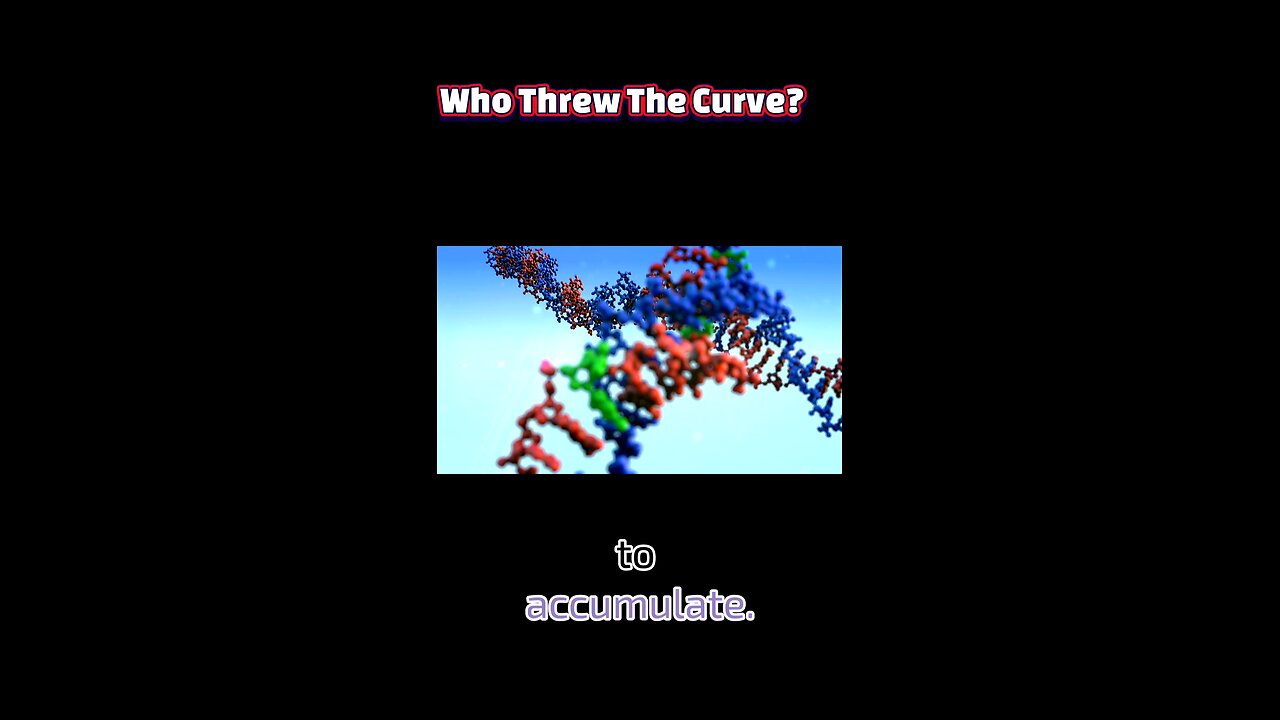Premium Only Content

Unlocking Youth: PDI, the Cellular “Superglue” That Patches Your DNA
#antiaging #DNArepair #neuroscience #Longevity #Healthspan #CellBiology #Biotech #MolecularBiology #ScienceBreakthrough #PDI
A new study in Aging Cell reveals that protein disulphide isomerase PDI, long known for folding proteins in the cytoplasm, also migrates into the nucleus to seal double-strand DNA breaks—acting like molecular superglue.
Every day, our cells suffer thousands of tiny hits to their DNA—from metabolic byproducts to pollution and UV light. Normally, repair enzymes rush in to patch these breaks, but as we age, repair efficiency plummets, allowing damage to accumulate.
Neurons are especially vulnerable because they neither divide nor renew. Any DNA damage that builds up in these long-lived cells tends to stay, eventually impairing function and accelerating neurodegeneration in diseases like Alzheimer’s and Parkinson’s.
Shadfar’s team at Macquarie and La Trobe Universities showed that removing PDI from mouse and human cells cripples DNA repair. Reintroducing PDI restores repair capacity. In live zebrafish, boosting PDI activity shielded against age-related DNA lesions.
Yet PDI is a double agent. In healthy cells it patches leaks to stave off aging; in tumors it can be hijacked to shield cancer from chemotherapy. Mapping this duality could let us amplify repair in neurons while disabling it in cancer cells.
This breakthrough paves the way for novel therapies: gene or mRNA delivery to boost PDI’s glue-like action in vulnerable neurons, and targeted inhibitors to strip tumors of their DNA-repair shield—tailoring treatment by cell type.
We’re not at the fountain-of-youth yet, but uncovering PDI’s hidden repair role rewrites our take on aging. It reinforces DNA maintenance as a prime target for extending cellular healthspan and combating age-related diseases.
As we dive deeper into cellular upkeep, even familiar molecules surprise us. PDI’s glue-like prowess reminds us that the tools for longevity may already be inside us—waiting to be repurposed.
-
 LIVE
LIVE
LFA TV
2 hours agoLFA TV ALL DAY STREAM - THURSDAY 9/4/25
9,999 watching -
 1:16:35
1:16:35
JULIE GREEN MINISTRIES
2 hours agoLIVE WITH JULIE
29.9K80 -
 LIVE
LIVE
Welcome to the Rebellion Podcast
12 hours agoDon3po is Live - WTTR Podcast Live 9/4
235 watching -
 13:43
13:43
The Kevin Trudeau Show Limitless
23 hours agoClassified File 3 | Kevin Trudeau EXPOSES Secret Society Brainwave Training
44.5K9 -
 LIVE
LIVE
The Chris Salcedo Show
12 hours agoAmericans Are Tired Of Leftists & Fake-GOP Who Cater To Them
562 watching -
 1:12:23
1:12:23
Game On!
19 hours ago $0.94 earnedFootball IS BACK! Cowboys vs Eagles Opening Night Kickoff!
7.32K1 -
 LIVE
LIVE
The Bubba Army
23 hours ago#1 Documentary IN THE WORLD! - Bubba the Love Sponge® Show | 9/04/25
1,925 watching -
 39:31
39:31
Her Patriot Voice
14 hours ago $1.84 earnedBlack Conservative Surrounded + ROBBED By Leftists!
11.2K24 -
 13:25
13:25
The Gun Collective
14 hours agoWOW! A LOT of new GUNS just dropped!
12.7K8 -

BEK TV
1 day agoTrent Loos in the Morning - 9/04/2025
9.47K